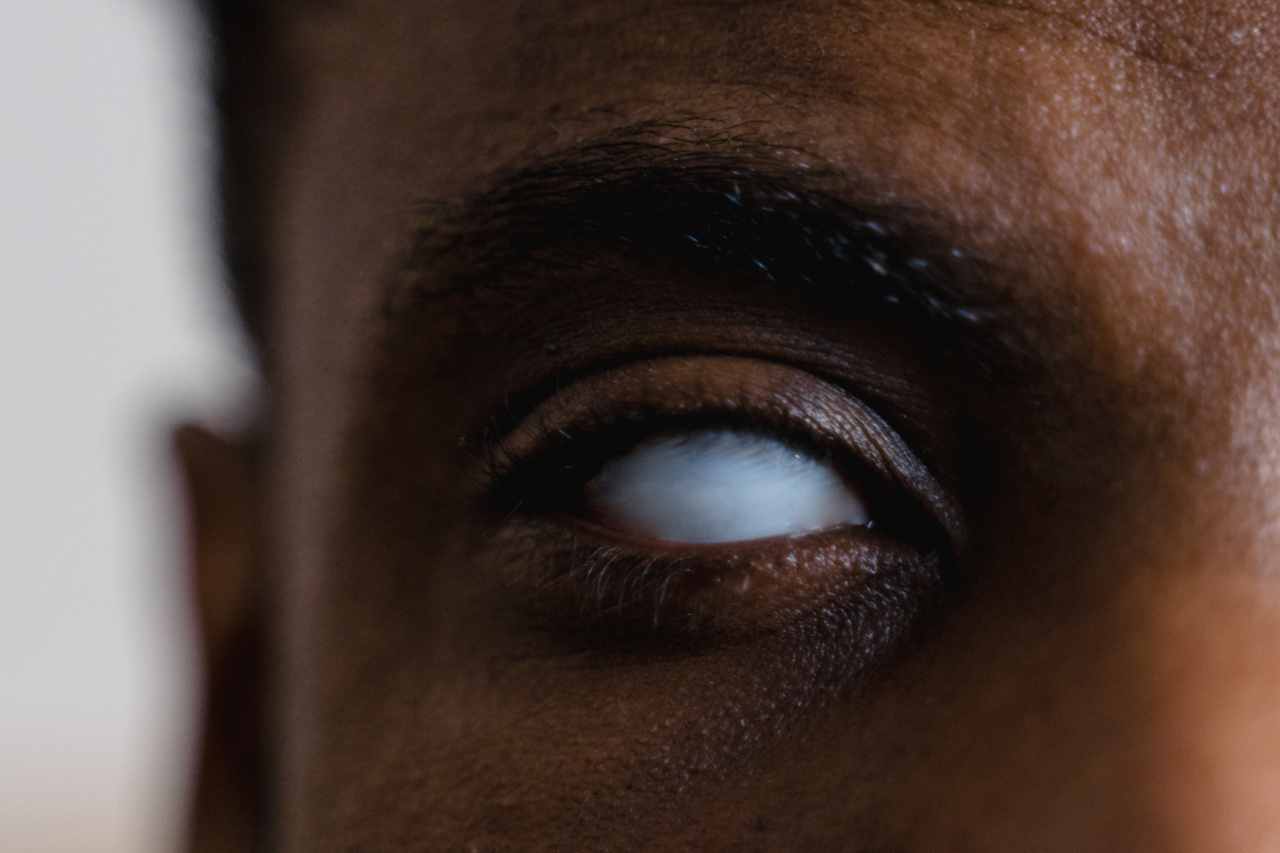Eyebrow piercing has gained popularity as a trendy and edgy form of self-expression. With the rise of body modifications, many individuals are flocking to piercing studios to get their eyebrows pierced.
While it may seem like a harmless and temporary alteration, it is essential not to turn a blind eye to the risks associated with this type of body piercing.
The Procedure and Aftercare
Before delving into the risks, it is crucial to understand the procedure itself. Eyebrow piercing involves puncturing the skin and inserting a piece of jewelry through the eyebrow.
Generally, a professional piercer uses a sterilized needle to create the hole.
After the piercing, proper aftercare is essential to prevent infection and promote healing. The piercer will provide detailed instructions on how to clean the pierced area and what to avoid during the healing process.
Following these guidelines diligently reduces the risk of complications.
Common Risks of Eyebrow Piercing
1. Infection:.
One of the most common risks associated with eyebrow piercing is infection. The pierced area is prone to bacterial growth, which can lead to inflammation, swelling, and pus formation.
Without prompt treatment, the infection can spread and cause more severe complications.
2. Allergic Reactions:.
Some individuals may develop an allergic reaction to the metal used in the brow jewelry. Nickel, a common component in many metals, is a prevalent allergen and can trigger redness, itching, and irritation.
Allergic reactions can range from mild to severe, requiring the removal of the jewelry and medical intervention.
3. Scarring and Keloids:.
Improper aftercare or individual healing factors can lead to scarring and keloids. Keloids are raised, thickened scars that extend beyond the original wound. They can be itchy, uncomfortable, and take longer to heal compared to normal scars.
4. Nerve Damage:.
The eyebrow area is rich in nerves. A lack of precision during the piercing process can cause nerve damage, leading to temporary or permanent issues such as numbness, tingling, or loss of sensation in the eyebrow area.
5. Migration and Rejection:.
Migration occurs when the body tries to push the foreign object (the brow jewelry) out of the piercing site. This can cause the jewelry to move or shift position.
In more severe cases, the body may completely reject the jewelry, forcing it to come out of the piercing site, leading to an open wound.
6. Eye Injury:.
Improper placement of the eyebrow piercing can pose a risk to the eye. The jewelry should be strategically placed away from the eye to avoid accidental injury or damage to the cornea or other delicate structures around the eye.
7. Bleeding:.
During the piercing process, there is a risk of bleeding. While slight bleeding is expected, excessive bleeding can be a sign of complications and may require medical attention to control it.
8. Healing Time:.
Eyebrow piercings take time to heal, typically ranging from 6 to 8 weeks. During this period, individuals need to follow the aftercare instructions and avoid activities that can irritate or damage the piercing site.
9. Impact on Employment and Social Stigma:.
It’s important to consider the potential impact of an eyebrow piercing on employment and social situations. Some workplaces have dress code policies that restrict visible body modifications, including facial piercings.
Additionally, societal judgments or stigmatization regarding unconventional body modifications may affect an individual’s personal and professional life.
Tips for Safe Eyebrow Piercings
1. Choose a Professional Piercer:.
Ensure that you choose an experienced and reputable piercer who follows strict hygiene protocols. Ask for recommendations, read reviews, and visit their studio to assess cleanliness and professionalism.
2. Opt for High-Quality Jewelry:.
Invest in high-quality jewelry made from materials like titanium or surgical stainless steel. These materials are less likely to cause allergic reactions or infections compared to cheap, low-quality metals.
3. Follow Aftercare Instructions Diligently:.
Listen to your piercer and follow their aftercare instructions carefully. Clean the piercing site with a saline solution or specific piercing aftercare products as recommended.
Avoid touching the piercing with dirty hands and refrain from swimming in pools, hot tubs, or other potentially contaminated water sources.
4. Be Mindful of Your Activities:.
During the healing period, be mindful of activities that can strain or irritate the piercing.
Avoid sleeping on the pierced side, getting hair products on the piercing, and participating in contact sports or activities that may result in impacts or excessive sweating.
5. Monitor for Signs of Infection or Complications:.
Keep a close eye on the pierced area and look for signs of infection, such as increased redness, swelling, tenderness, or discharge.
If you experience severe pain, excessive bleeding, or notice unusual changes in the piercing, seek professional medical advice promptly.
The Importance of Informed Decision-Making
Before getting an eyebrow piercing, it is crucial to inform yourself about the potential risks and complications. Consider your personal health and lifestyle factors before making a decision.
While eyebrow piercings can be a stylish and attention-grabbing form of self-expression, it’s essential to prioritize your well-being and safety above all.
Conclusion
Eyebrow piercing carries several risks, ranging from infection and allergic reactions to nerve damage and eye injuries. It’s crucial not to turn a blind eye to these potential complications.
By choosing a professional piercer, following proper aftercare, and staying vigilant for any signs of infection or complications, you can minimize the risks associated with eyebrow piercing and enjoy your new body modification safely.






























